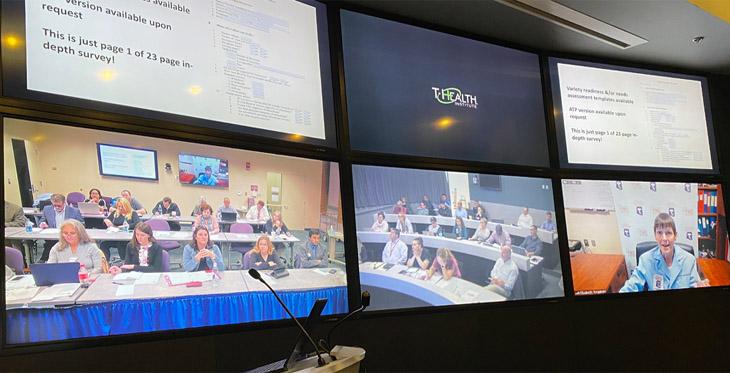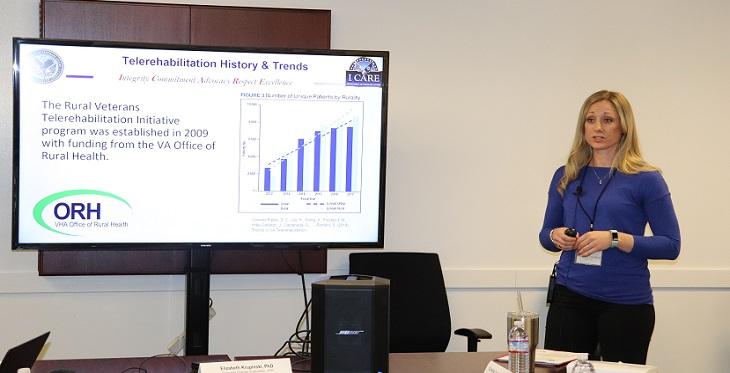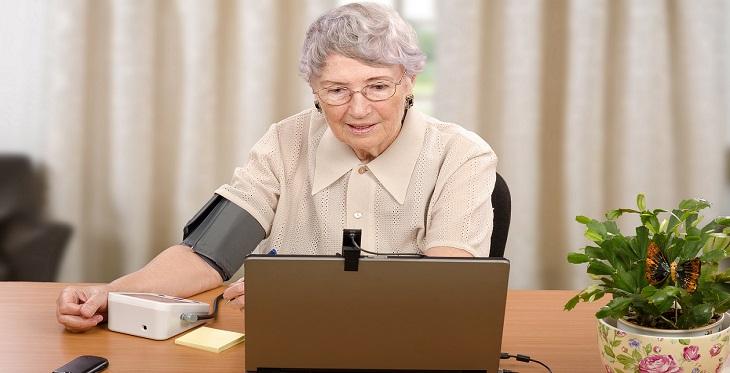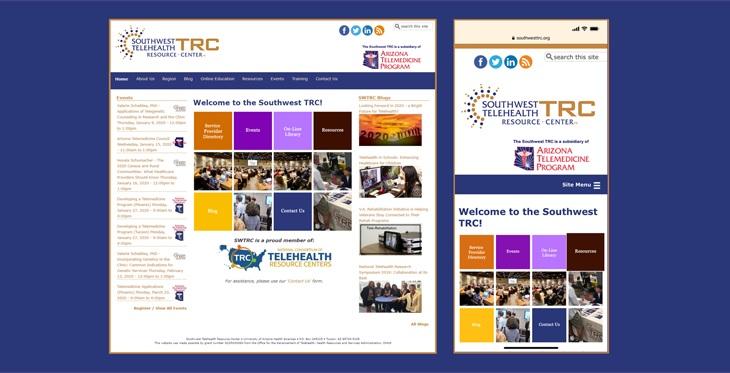Southwest Telehealth Resource Center Blog


Online Course: “Developing Telemedicine Services”
Open Enrollment
The national award-winning Arizona Telemedicine Program (ATP), headquartered at the University of Arizona Health Sciences in Tucson, Arizona, will conduct a major, online training program regarding the COVID-19 pandemic for health-care providers, administrators, and educators, titled: “Developing Telemedicine Services,” on Monday, March 23, 2020. “Telemedicine is a key capability for healthcare providers and the community they serve to slow the spread of the COVID-19,” notes Ronald S. Weinstein, MD, a pioneer in telemedicine and founding director of the Arizona Telemedicine Program. The ATP has been producing in-person telemedicine and telehealth training programs for the past 20 years. Thousands of individuals, from hundreds of healthcare organizations, have attended these programs and given them high marks. “Now, in response to the COVID-19 pardemic, we are taking the course online for the first time.” He added, “Obviously, this will open the session to a far larger audience, filling an urgent need at this time.”



The Arizona Telemedicine Program (ATP) is excited to announce the launch of its new Southwest Telehealth Resource Center (SWTRC) website! We’ve been working hard to update it over the last couple of months. The new website offers updated content, loads quickly, has improved navigation, and features a mobile-device-friendly responsive design.

